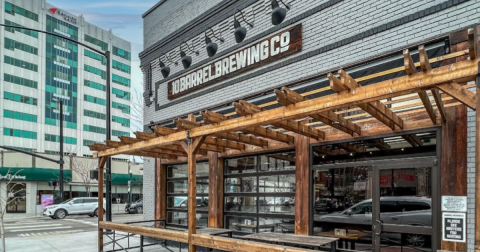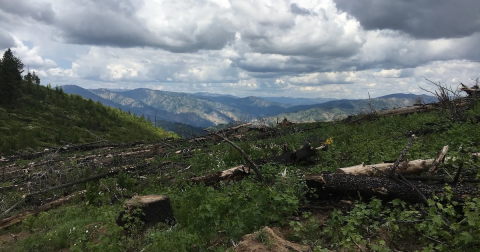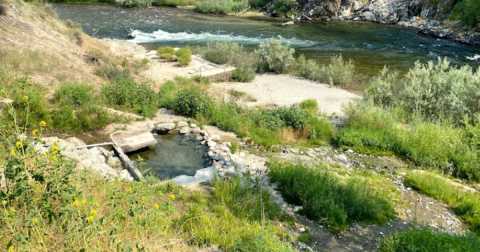6 Tiny Towns In Idaho Where HUGE Things Happened
Life isn’t always quiet in Idaho’s small, rural towns. Once in a while, something truly big happens; something big enough to gain the attention of thousands. These 6 tiny towns each had a brief moment in the spotlight when everyday life was disrupted for something huge – whether good, bad, or ugly – that was notable in some way.
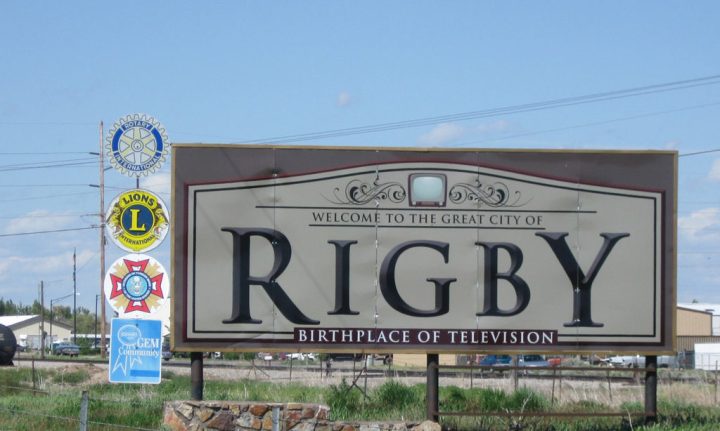
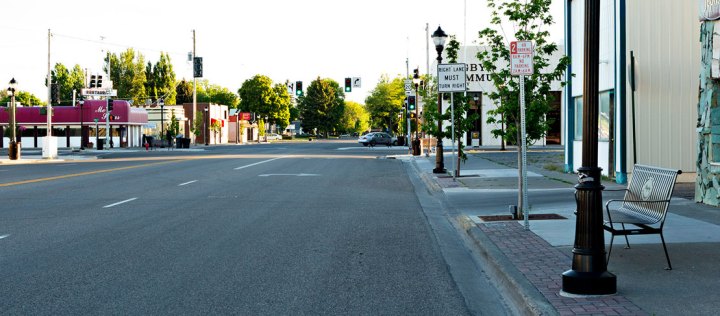
As the welcome signs to this humble little town announce, Rigby, Idaho is the birthplace of the modern television. Technology designed here by a young student - Philo T. Farnsworth - led the way for Netflix binging as we know it today. In his high school chemistry class, Farnsworth sketched out an idea for a light-reflecting vacuum tube that would pave the way for television, although neither his teacher nor his fellow students grasped the implications of his concept. But it wasn't until 1938 that he unveiled a prototype.
Advertisement
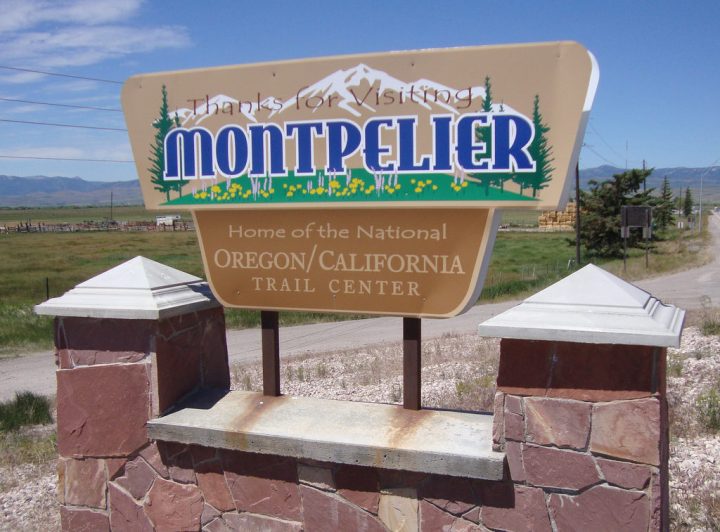
Advertisement
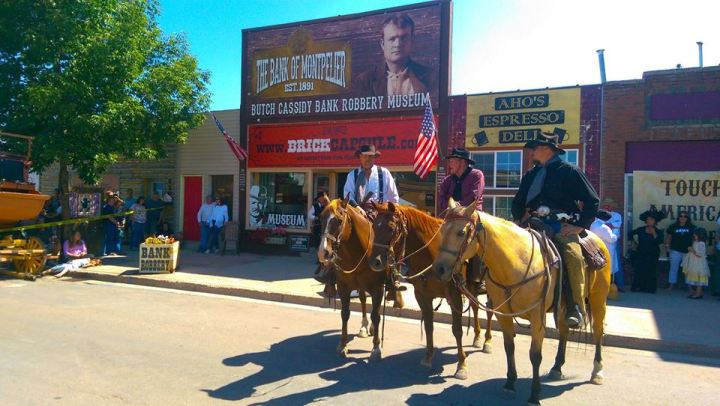
In 1891, Idaho’s very first bank was established in our state’s far southeast corner, and the grand opening caught the attention of the notorious likes of Butch Cassidy. That same year, well before Cassidy met the Sundance Kid, he and his "Wild Bunch" robbed the Bank of Montpelier and made off with thousands in loot. The bank is the last of Cassidy's victims to be still standing today, and this quiet town continues to embrace the historic event with a positive spin: the bank is now its own museum, and the annual Butch Cassidy Days are a historic spectacle worth making a trip for.
You can read more about the bank robbery here.
You can read more about the bank robbery here.

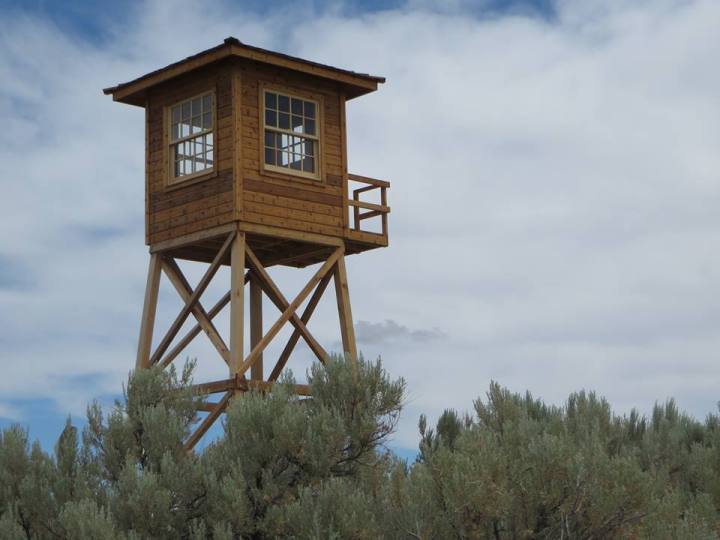
In 1942, Executive Order 9066 was enacted, a move which forced approximately 120,000 people of Japanese ancestry into U.S. government internment camps during World War II, many of whom were relocated to Minidoka, Idaho at Hunt Camp; others, were scattered elsewhere. Although the heartbreaking events of the 1940s took place outside the city limits of Minidoka itself, Minidoka County and its namesake town will forever be remembered for this one moment in history. What remains of the camp is now a historic site, with interpretive signage and tours offered to give a well-rounded picture of the events.
As the 75th anniversary of Executive Order 9066 nears, you can read more about this overlooked part of Idaho's history here.
As the 75th anniversary of Executive Order 9066 nears, you can read more about this overlooked part of Idaho's history here.
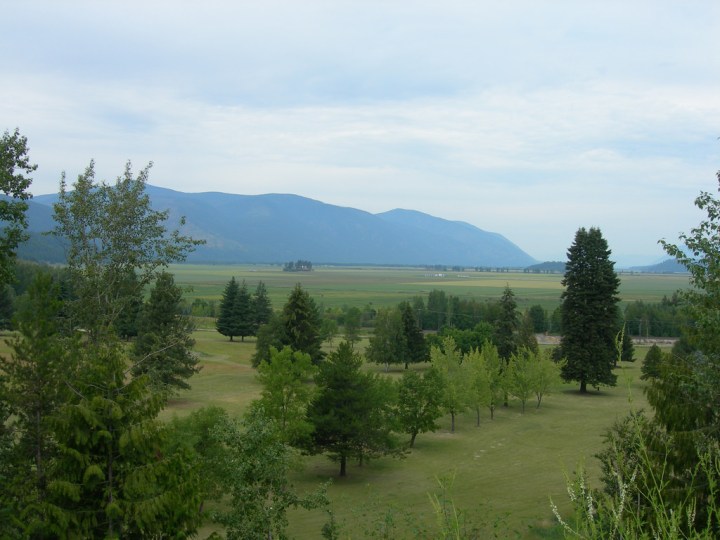
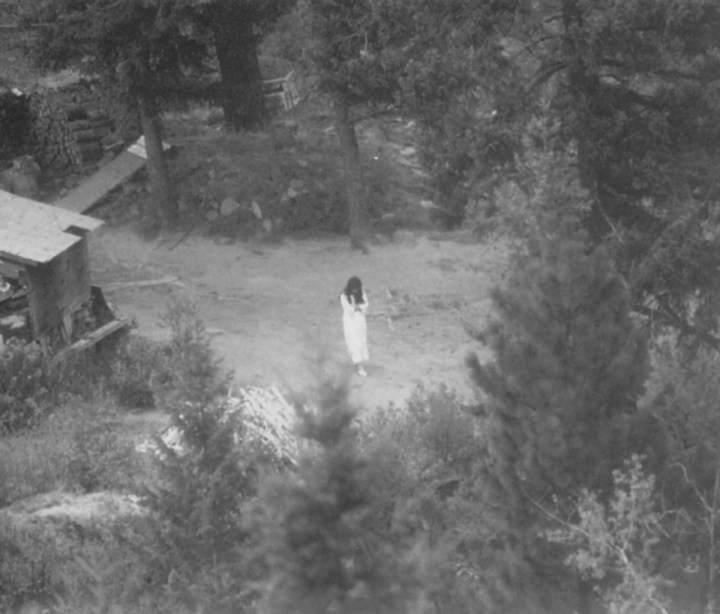
In what is still considered to be one of the most highly debated citizen incidents in Idaho's history, Ruby Ridge - just outside of Naples - became a hotbed of controversy in 1992. A fatal confrontation between Randy Weaver, his family, Kevin Harris, US Marshals, and the FBI took place in August near Ruby Creek after Weaver failed to report to court on federal firearms charges. The initial encounter of six marshals with the Weavers resulted in a firefight and multiple deaths, all by gunshot. The resulting siege of the Weaver residence resulted in the further death of Vicki Weaver as well. The incident and its ensuing lawsuits traveled all the way to the Supreme Court and brought into question constitutionality of the order of events.
Advertisement
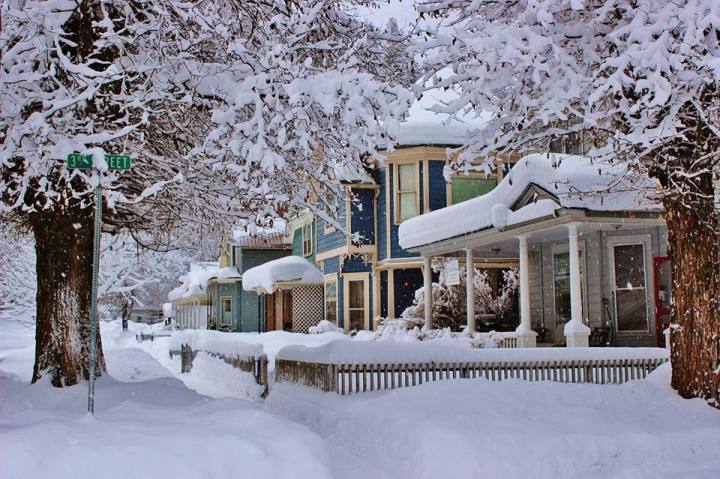
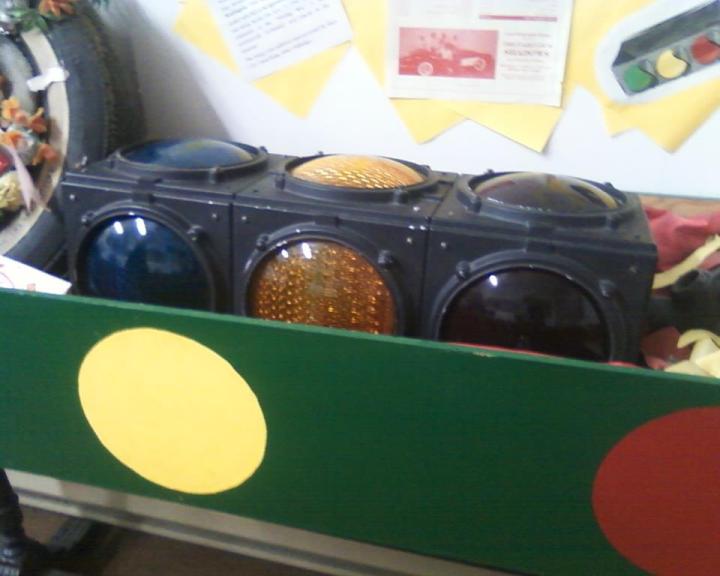
Wallace is well known for its quirky personality. But very few towns can claim to have made headlines with a funeral for an obscure inanimate object... but Wallace can.
This charming mining town was proud of its position as the home of the last stoplight on I-90, the coast-to-coast interstate that was once lined with plenty of stoplights back in its Hwy 10 days. But as the road was converted to dual-lane and towns were bypassed, one by one, the lights were pulled down under the direction of then-President Dwight D. Eisenhower, starting in 1956.
At 3,082 miles, it was the longest interstate highway in the country. The increased traffic created bottlenecks along the main thoroughfare and all but one of the original lights were taken down, which sat at the corner of Bank and 7th St. When the inevitable happened, an extravagant funeral was held to commemorate the life and "death" of the stoplight. You can visit the light in its "resting place" at the Wallace District Mining Museum.
This charming mining town was proud of its position as the home of the last stoplight on I-90, the coast-to-coast interstate that was once lined with plenty of stoplights back in its Hwy 10 days. But as the road was converted to dual-lane and towns were bypassed, one by one, the lights were pulled down under the direction of then-President Dwight D. Eisenhower, starting in 1956.
At 3,082 miles, it was the longest interstate highway in the country. The increased traffic created bottlenecks along the main thoroughfare and all but one of the original lights were taken down, which sat at the corner of Bank and 7th St. When the inevitable happened, an extravagant funeral was held to commemorate the life and "death" of the stoplight. You can visit the light in its "resting place" at the Wallace District Mining Museum.
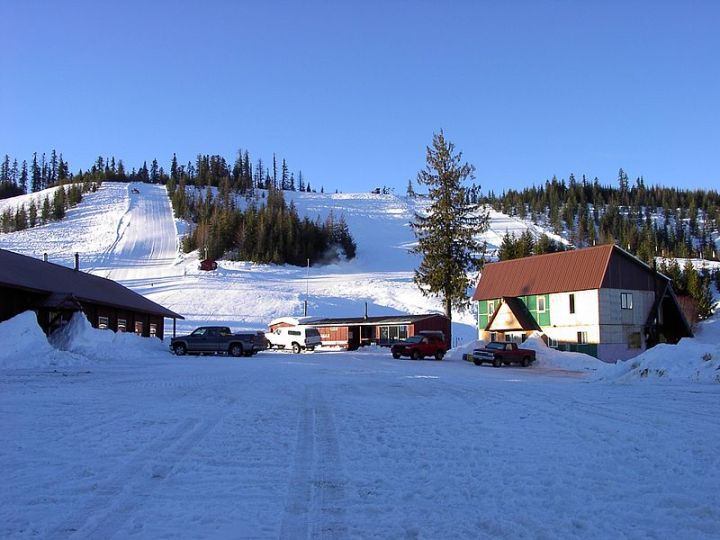
In 1861, the first gold in Idaho was discovered near Orofino Creek in what is now Pierce, and boy, did it make headlines! At the time, this part of Idaho was considered part of the Washington Territory, but eventually this little town became the first county seat of Shoshone County due to the influx of miners. For a time, as mining camps began to spring up around the gold hub, Pierce was even considered the first "official" city in Idaho; however, after it was discovered that Franklin (far, far away in southern Idaho) was in fact one mile within the Idaho border (and not in Utah as was first thought), it was given the official moniker instead.
What other tiny towns have made historic headlines – for better or worse?
OnlyInYourState may earn compensation through affiliate links in this article. As an Amazon Associate, we earn from qualifying purchases.

